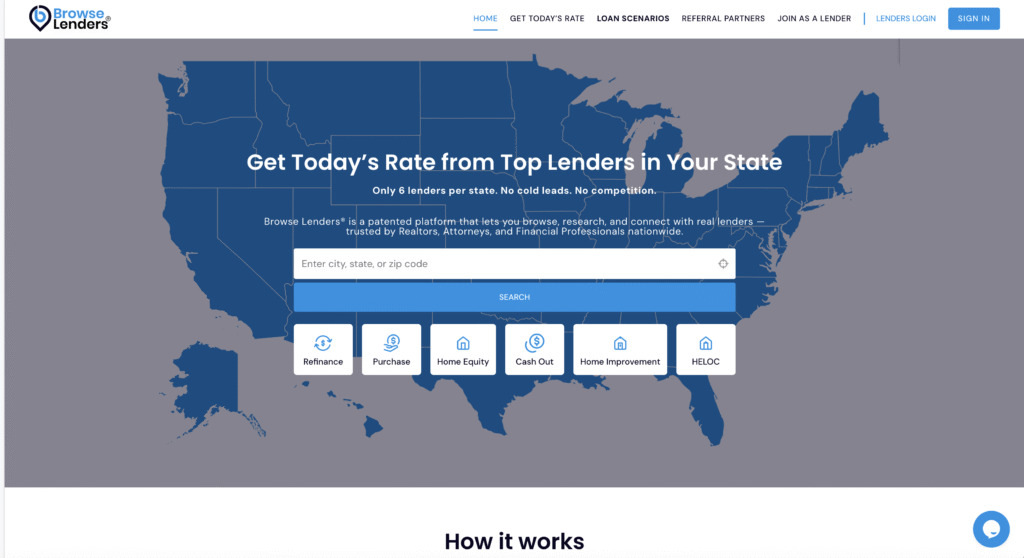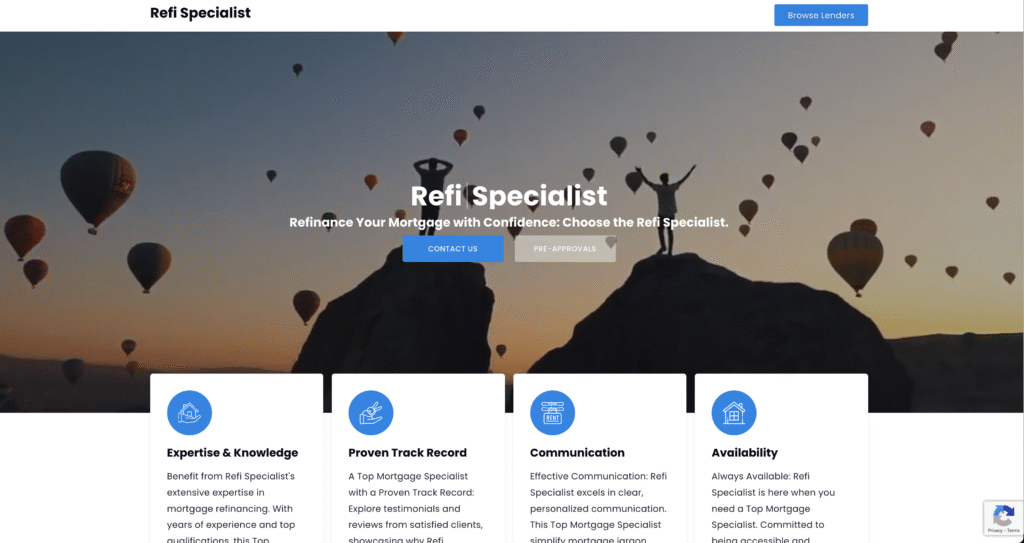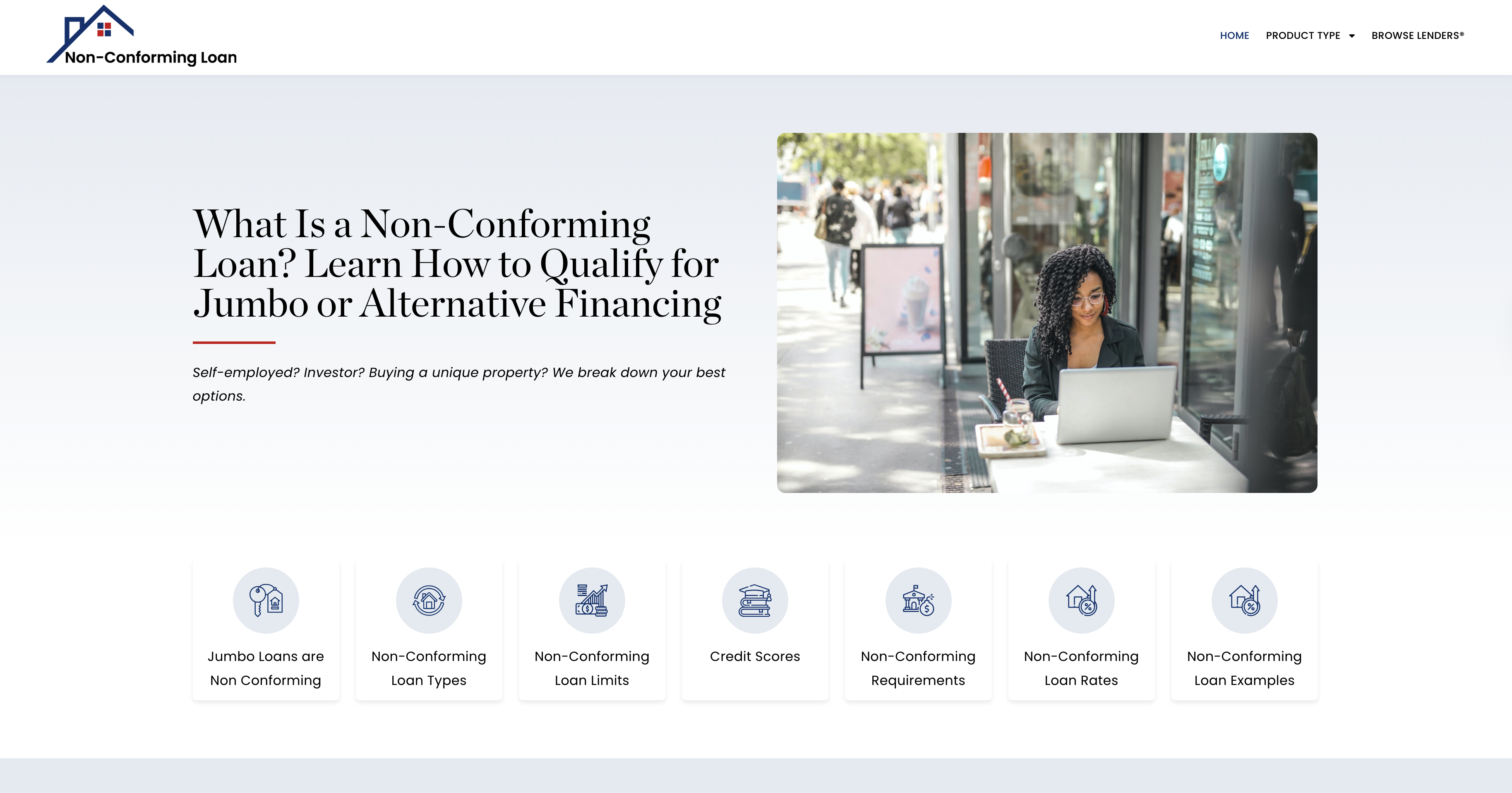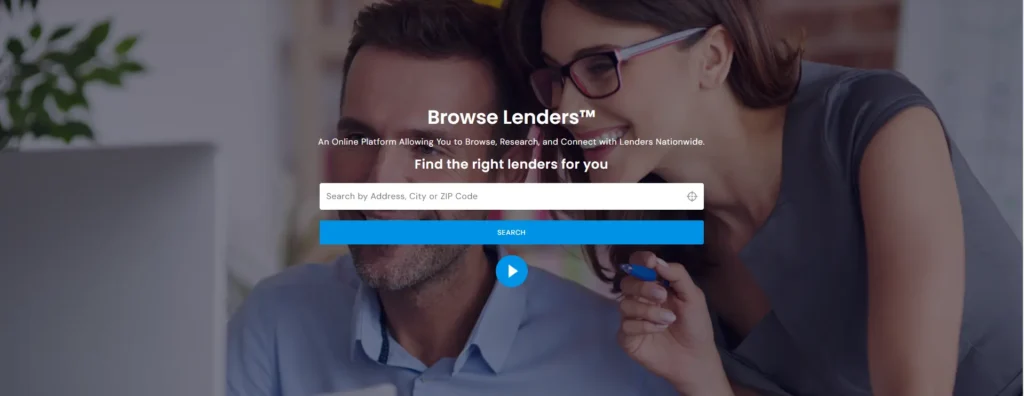Why Templates Exist: Not for Convenience, but for Credibility Protection
Most people believe templates exist to “make writing easier.” That is the surface-level explanation — but it is not the real reason templates are necessary in the credit system. Templates are not communication shortcuts. Templates are credibility safeguards.
The single biggest risk consumers create for themselves in the credit process is not what they dispute — it’s how they communicate. When a borrower speaks emotionally, defensively, or informally, they are not just sending information — they are sending a behavioral signal.
Institutions read writing as evidence of decision-making maturity.
Format = mindset
Tone = judgment
Language = stability
This is why templates matter:
They prevent you from accidentally revealing instability while trying to request correction.
Most Consumers Think “Templates Help You Write Better”
But Institutions See “Structure Proves You Think Better”
To a consumer, a template is a document.
To an institution, a template is proof of reasoning.
A well-structured communication shows:
- You are operating from clarity, not panic
- You understand the scope of correction
- You are asserting accuracy, not avoidance
- You can maintain composure under pressure
- You know how the system works
- You are approaching the process in good faith
This is why sloppy, emotional, aggressive, or accusatory writing damages a file even before a bureau investigates the actual claim.
People think: “They’ll just read the words.”
But institutions are really thinking: “This message tells us who we’re dealing with.”
The Biggest Hidden Risk:
The Wrong Tone Can Turn a Valid Claim Into a Credibility Problem
Consumers assume truth is what determines the outcome.
Institutions assume behavioral stability determines the outcome.
This means:
✅ A well-positioned request → “responsibility and accuracy”
❌ A reactive request → “instability and avoidance”
Even if the consumer is 100% right, if their tone signals volatility, the system begins to interpret:
“This borrower may not be reliable even when things are legitimate.”
Templates protect you from unintentionally sending that signal.
You’re not just correcting the record; you are demonstrating governance over how you correct it.
Why Templates Are Treated as Evidence of Maturity
Inside underwriting, everything a borrower does is read as a sample of how they operate in real life. A borrower who communicates with structure signals:
| Trait | What Institutions Infer |
|---|---|
| Composure | Not driven by emotion |
| Order | Understands process |
| Clarity | Likely to be compliant |
| Precision | Not reckless |
| Brevity | Not manipulative |
| Neutral tone | Not unstable |
Templates enforce these attributes before the consumer accidentally signals the opposite.
This is why copying a template is not “copy/paste”; it is signal protection.
Templates Are Not About Words — They Are About Containment
The system can tolerate inaccuracy.
It cannot tolerate misrepresentation of identity.
When a consumer “freestyles” a dispute or correction request, they often:
- Overshare
- Justify
- Defend
- Tell emotional stories
- Apologize for things not required
- Sound reactive instead of resolved
All of these erode trust, because they make the institution question:
“Is this person stable, or are they unpredictable?”
Templates prevent instability from leaking into the request.
They contain communication so institutions read: “governance,” not “volatility.”
Why the Structure of a Template Matters More Than the Wording
Most credit education teaches templates like scripts — “Say this line, then that line.” That is amateur guidance and does not build authority.
The real value of a template is not what it says, but: how little room it leaves for misinterpretation.
Templates:
- Remove emotional leakage
- Remove inconsistent reasoning
- Remove narrative inflation
- Remove defensive framing
- Remove victim language
- Remove self-incrimination
Because of this, templates don’t just help you “sound better” — they allow the institution to read you as a low-risk communicator.
Templates Are Part of Your Risk Signal — Not a Document
Here is how institutions read written communications:
| Borrower Communication Style | Institutional Interpretation |
|---|---|
| Reactive or emotional | “This person is unstable under stress” |
| Aggressive or demanding | “This person is adversarial and escalatory” |
| Rambling or oversharing | “This person lacks clarity and control” |
| Apologetic or defensive | “This person is insecure in responsibility” |
| Structured and neutral | “This person is governance-minded” |
The difference between credibility and compromise is often not the dispute itself — but the tone that wraps it.
Templates protect tone, which protects interpretation.
Templates Are Readiness Tools, Not Writing Tools
This is the key the general public never learns:
You don’t use templates because you can’t write; you use them because if you write freely, you might misrepresent yourself.
Templates prevent self-sabotage.
They convert:
- impulse → order
- fear → structure
- urgency → credibility
- reaction → maturity
That is why Middle Credit Score® treats templates as part of your readiness posture — not as “letters.”
They are identity protection, not formatting assistance.
How Templates Protect (or Damage) Your Risk Profile Depending on Use
Now that we’ve established why templates exist, we go deeper into how institutions interpret them, when they strengthen your profile, and when even a template can harm you if used incorrectly.
Templates are not shields — they are filters.
They filter out instability before you accidentally reveal it in writing.
Used correctly → they elevate credibility.
Used incorrectly → they expose insecurity.
1. Templates Protect You Because Institutions Read Language as Judgment
Creditors and underwriters are not linguists — but they are trained to detect:
- Escalation
- Reactivity
- Deflection
- Loss of control
- Manipulation attempts
- Narrative inflation
- Blame shifting
Templates function as pre-engineered emotional discipline.
They prevent you from accidentally proving the very interpretation you are trying to correct.
For example:
When a consumer adds extra explanations, it signals fear of consequence.
When a consumer defends themselves, it signals insecurity.
When a consumer pleads, it signals powerlessness.
A template strips away all subtext and protects you from over-communicating risk.
2. When Templates Strengthen Your Profile
A template increases institutional trust when:
| Template Condition | Institutional Interpretation |
|---|---|
| Structured, neutral, factual | “This borrower is governed and steady.” |
| Short and precise | “They know exactly what they’re correcting.” |
| Tone is professional, not personal | “This is credibility, not defensiveness.” |
| Timing is after stabilization | “This person is refining identity, not fleeing blame.” |
| Language is ownership-based | “They act with responsibility.” |
These signals align with low-risk governance — so the institution treats the request as evidence of maturity.
3. When Templates Damage Your Profile (This Is Rarely Explained Anywhere Else)
Even a template can work against you if your usage reveals instability.
A template hurts credibility when:
| Misuse | Interpretation |
|---|---|
| Template is overly aggressive | “They are trying to strongarm the system” |
| Template is copied from online forums | “This is manipulation, not correction” |
| Template disputes everything | “They are erasing identity, not clarifying it” |
| Template timing is reactionary | “This is panic, not order” |
| Template includes legal threats | “Unstable communication style” |
This is why Middle Credit Score® templates are not just letters —
they are risk-positioned communication frameworks.
The wrong template = emotional posture disguised as structure.
The right template = credibility posture communicated as composure.
4. Why Tone Is Not “Style” — Tone Is Identity
Consumers think tone is just about politeness or professionalism.
Institutions read tone as:
“This is who you are when challenged.”
Because credit reporting is a system of stress evaluation, every written request doubles as an emotional snapshot.
If you sound stable in conflict → you read as stable in repayment.
If you sound destabilized in conflict → your repayment stability is questioned.
This is why tone is not grammar, tone is governance.
5. Why the Credit System Treats Templates as Preventative Risk Management
Inside institutional logic, a borrower who communicates with structure is seen as someone who:
- Plans before acting
- Understands implications
- Approaches correction responsibly
- Is unlikely to escalate emotionally
- Operates in alignment with process
This is associated with borrower predictability — the most valuable trait in risk scoring.
People misunderstand:
They think they are “writing a letter.”
But institutions think they are demonstrating decision-making under friction.
6. When NOT to Use a Template
There are times when the safest move is not to dispute — yet most consumers rush into communication without considering positioning.
Do not use a template if:
- Your utilization is currently unstable
- You are simultaneously applying for new credit
- You have not yet demonstrated ownership signaling
- You are still in a reactive posture
- The profile still shows volatility
In these conditions, even a perfect template reads as:
“strategic image management”, not maturity.
Templates must be sequenced AFTER stabilization; otherwise, they become evidence of avoidance instead of evidence of integrity.
7. Templates Work Because They Convert Emotion Into Credibility
At their core, templates serve a psychological function inside a mathematical system:
They transform:
| From | Into |
|---|---|
| Reaction | Composure |
| Panic | Clarity |
| Fear | Control |
| Emotion | Evidence |
| Narrative | Accuracy |
| Confusion | Direction |
This is why templates are a readiness tool, not a writing tool.
They don’t help you talk; they help you signal who you are becoming.
8. Templates Are Your First Impression in the Credit System
Before a lender ever sees your updated score…before underwriting ever reviews supporting documentation…
…the written record of how you handled correction has already told your story.
The institution is asking:
“Did this borrower act like someone who is stable, responsible, and governance-minded?”
Templates — when used correctly — answer that question before the investigation even begins.
They are not paperwork.
They are positioning.






